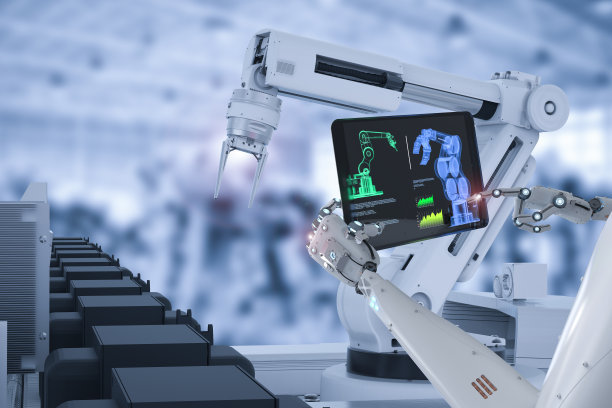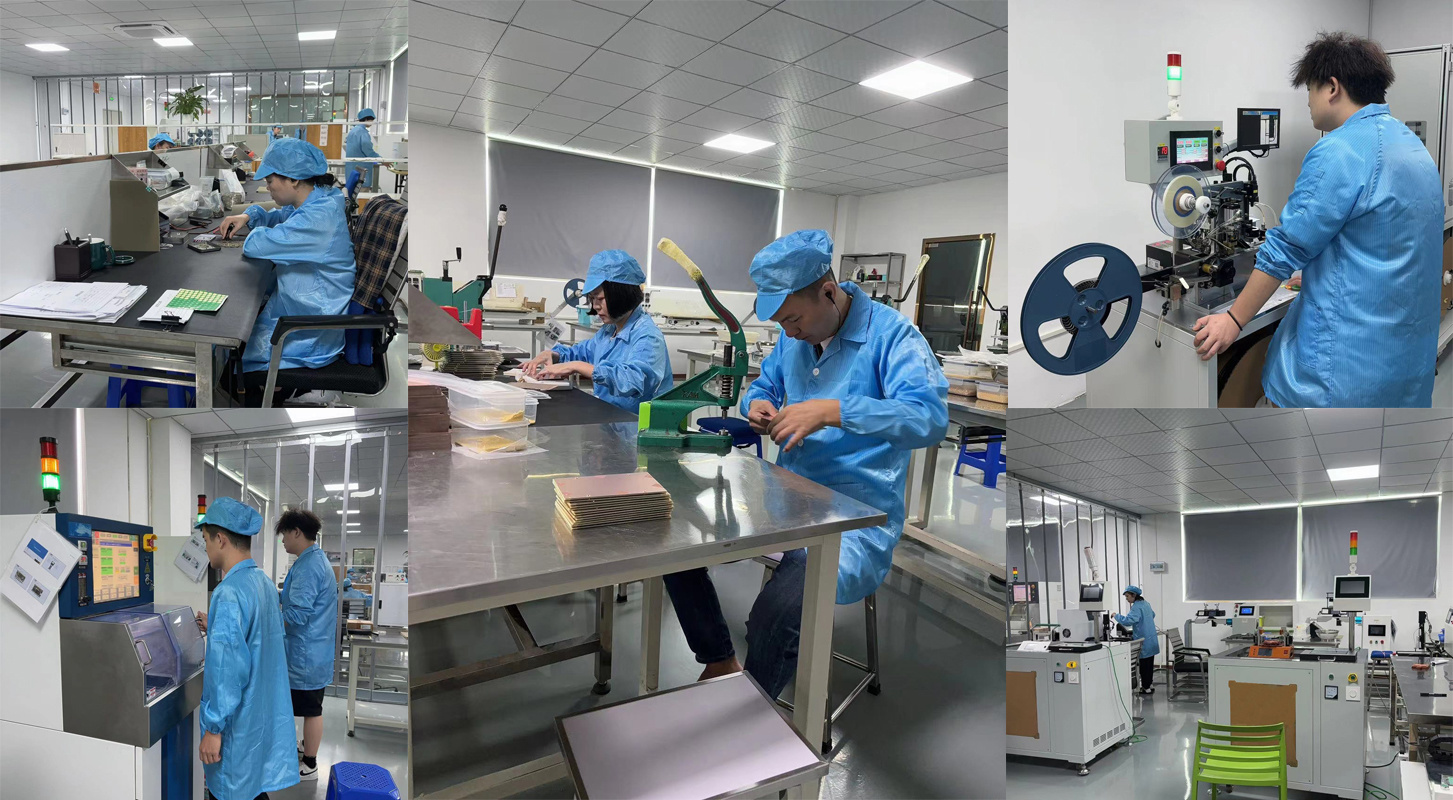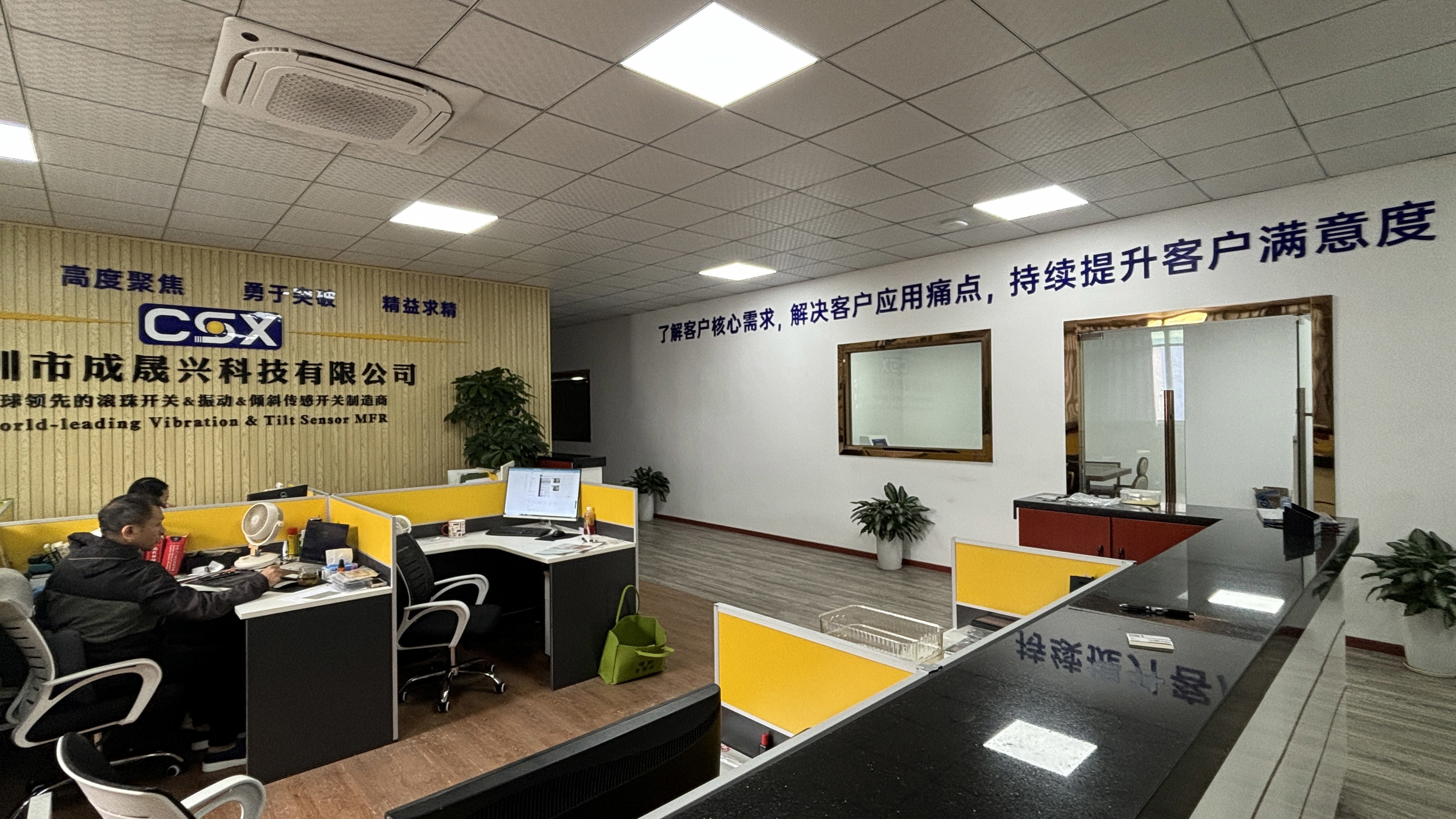22
2025
-
07
Tilt Switch vs. Tilt Sensor: Core Technological Differences and Comprehensive Application Analysis
Author: Cheng Shengxing Electronics

In the Field of Industrial Safety Monitoring and Intelligent Control, Tilt Sensing Technology is Becoming a Key Link in Equipment Intelligence. When Industrial Equipment Suddenly Tilts, Whether a Millisecond-Level Response System Depends on Simple Switch Triggering or Achieves Active Protection Through Precise Angle Data, This Hides the Essential Differences Between Two Core Technologies—Tilt Switches and Tilt Sensors.
I. Tilt Switches and Tilt Sensors: The Essence of Principles and Functions
1. Tilt Switches: The "Safety Guardian" Triggered by State Change
The core function of a tilt switch is to detect angle exceedance at a preset angle and trigger a switch signal. Its internal structure typically adopts a mechanical design (such as a ball or mercury cavity). When the equipment tilts to a specific angle, the conductive element forms a circuit connection or disconnection due to gravitational displacement. For example:
ChengLux’s CSX-SEN-360 series tilt switches, with a V-shaped guide hole structure, achieve flexible adjustment from ±15° to ±90°, cutting off power instantly when industrial equipment tips over, with a response time reaching milliseconds.
Advantages include zero standby power consumption (0.2μA), resistance to harsh environments (IP67 protection, operating temperature from -40°C to 85°C), suitable for safety protection scenarios such as electric heaters and aerial work platforms.
2. Tilt Sensors: The "Precise Ruler" for Angle Measurement
Tilt sensors, based on MEMS accelerometers or gyroscopes, output continuous angle data in real-time. Their technical features include:
High-precision measurement (top models ±0.01°) and multi-axis monitoring capability. Analog voltage/digital signal output, supporting integration with IoT platforms. Suitable for dynamic posture control scenarios such as crane leveling and solar tracking systems.
ChengLux’s Technological Breakthrough: Its tilt switches, through gold-plated ball and vacuum packaging processes, achieve 99.99% conductivity in mechanical structures, reaching industrial-grade standards and becoming a low-cost alternative to G-sensors.

II. Shenzhen ChengLux: An Innovative Engine for Tilt Sensing Technology
1. Corporate Positioning and Technological Advantages
Founded in 2008, ChengLux specializes in miniaturized tilt sensing technology R&D, overcoming traditional device size and power consumption bottlenecks:
Fully automated packaging processes: Achieving miniaturization of chip-type tilt switches (minimum 0.8mm), suitable for smart wearable devices. Patented vibration suppression algorithm: Integrated software-adjustable sensitivity in the CSX-SEN-300A series, eliminating false triggers.
2. Industry Solutions
Automotive Electronics:
Tilt switches used in TPMS (tire pressure monitoring) vibration wake-up, with standby current only 0.2μA, extending battery life by 30%.
Smart Home Scenarios:
Ball switches achieving tip-over power cut in air fryers and electric heaters, with annual shipments exceeding 20 million units.
Industrial Safety Systems:
360° omnidirectional tilt sensors applied to drone posture correction, replacing high-cost IMU modules.
III. In-Depth Analysis of Application Scenarios for Tilt Sensing Technology
1. Tilt Switches: Safety Protection Scenarios
Home Appliance Field: Juicers, electric fans automatically power off when tilted (e.g., ChengLux ball switches). Vehicle Safety: Dump truck cargo box locking at excessive angles, preventing rollover accidents.
2. Inclination Sensors: High-Precision Monitoring Scenarios
Geological Monitoring: Chizhou landfill in Anhui uses ZhiChuan wireless inclination sensors, achieving 24-hour slope deformation warning. Urban Infrastructure: Ensuring pipeline laying accuracy in pipe jacking construction.
IV. Technological Integration Trends: ChengLux’s IoT Strategic Layout
With the development of Industry 4.0, tilt switches and sensors are evolving towards intelligence and wireless capabilities:
Low-power IoT integration: ChengLux’s new-generation tilt switches support LoRa transmission, used for remote asset tilt status monitoring. Multi-sensor fusion: Inclination sensors linked with rainfall and crack monitors, building slope risk models.
At the 2025 IOTE IoT Exhibition (Shenzhen), ChengLux will showcase an AI threshold learning-enabled tilt sensing system, achieving adaptive judgment of abnormal equipment tilt.

Conclusion: Selection Logic and Future Prospects
Tilt switches are the "goalkeepers" of safety protection—low cost, fast response, suitable for state monitoring; inclination sensors are the "navigation systems" of precision control—data-driven active regulation. As a representative of core technology localization, ChengLux has broken through in high-end sensors through mechanical structure innovation and miniaturization processes, covering global leading enterprises in automotive electronics and smart home. In the future, with the deep integration of algorithms and wireless technologies, tilt sensing will penetrate smart cities, autonomous driving, and other scenarios, becoming the foundational sensing infrastructure of the era of universal connectivity.
Explore ChengLux’s Tilt Sensing Solutions: To be unveiled at the 2025 IOTE Shenzhen International IoT Exhibition (Booth 10D29), showcasing full-scene applications of industrial-grade tilt switches and sensors.
Related News
undefined









